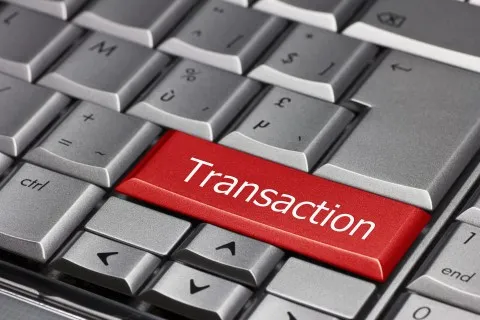
Would stricter leverage ratio be an issue for Philippine banking sector?
Leverage ratio to be effective January 2017.
The Philippine central bank (BSP) recently disclosed implementation of a minimum Basel III leverage ratio for local universal and commercial banks effective 1 January 2017.
According to a research note from Maybank Kim Eng, such framework will be anchored on the international standard, but at a higher minimum ratio of 5% vs 3% in the global setting.
The leverage ratio is calculated by dividing a bank's Tier 1 capital by its total consolidated assest which includes a) on-balance sheet exposure; b) derivatives; c) securities financing transactions; and d) other off-balance sheet items (OBS).
At a 5% minimum ratio, the maximum credit exposure a bank can have is 20x its Tier 1 capital. The BSP will monitor and not impose any sanctions for those failing below 5% until end-2017. Quarterly reports are required while any adjustments to the guidelines will be issued before 2017.
Here's more from Maybank Kim Eng:
The nine universal banks under our coverage show an average leverage ratio of 8% in 2014 based on our estimates. On-balance sheet exposure is based on reported consolidated assets while OBS are converted into credit equivalents through the use of 10%-100% credit conversion factors as specified in the Basel III guidelines.
Using 2015F Tier 1 capital and assets and assuming 15% growth in OBS exposure, which is what it was for our banking universe in 2014, our universe shows average leverage ratio of 8.55, well above the BSP's 5% minimum
In tandem with banks' common equity Tier 1 and the leverage ratio, these clearly show the strength and stability of the banking industry.
The ratios suggest that current capital levels of local banks can support further credit expansion. It does not look like banks need to raise high-quality, loss-absorbing capital this year and neither do they have to shrink their balance sheets to offload capital-intensive businesses.




![Lorem Ipsum [ABF 1]](https://cmg-qa.s3.ap-southeast-1.amazonaws.com/s3fs-public/styles/exclusive_featured_article/public/2025-03/a_hand_pointing_to_a_futuristic_technology_5b87c9d0e3_1.png.webp?itok=2w0y1WhS)


![Cross Domain [Manu + SBR + ABF + ABR + FMCG + HBR + ]](https://cmg-qa.s3.ap-southeast-1.amazonaws.com/s3fs-public/styles/exclusive_featured_article/public/2025-01/earth-3537401_1920_4.jpg.webp?itok=WaRpTJwE)







 Advertise
Advertise

